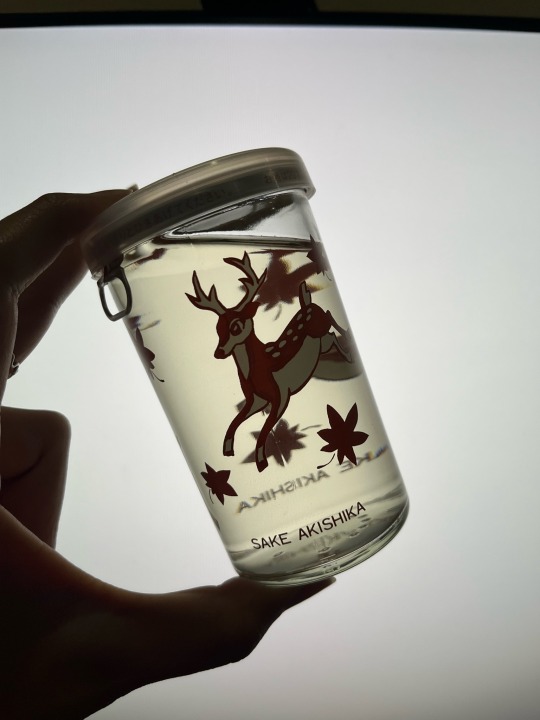#Sake Cup
Explore tagged Tumblr posts
Text

Tanuki Cup // UnderfootVintage
42 notes
·
View notes
Text



Bizen-Yaki (Okayama Prefecture) is created using the Yakishime method of firing unglazed wares at high temperatures. Using red pine wood in the firing process beautiful natural colors and tones emerge from the clay. Bizen clay has a high iron content which enables the pottery to retain heat or remain cool. Bizen -Yaki reflects the Japanese artistic sensibility emphasising inner beauty and subtlety.
+SHOP+
27 notes
·
View notes
Text

Sake set by JohnMcCoyPottery. www.JohnMcCoyPottery.Etsy.com
#handmade#johnmccoypottery#pottery#ceramics#wood fire#potteryforsale#sake set#sake cup#sake#father day gift#gift for men#gifts for men
5 notes
·
View notes
Text

菊に盃
眠るように 穏やかに 緩やかに
貴女が来るのを 待っている
#創作イラスト#illustration#original#オリジナル作品#degitalillustration#chrysanthemum#sake cup#autumn#kimono#butterfly#hanafuda
3 notes
·
View notes
Note
🍶


#my stuff#ask me anything#ask#nintendoneko64#anime drinks#anime food#food#anime gif#gif#sake cup#sake bottle#drink
2 notes
·
View notes
Text


We were gifted Japanese goodies and sake from my boyfriend’s coworkers. The Rich Butter flavored Black Thunder was so heavenly. (^ー^)
The sake is called MUKU from Koshi No Kanbai and it is a Junmai Daiginjo from Niigata Japan. Muku means “unclouded, clear, and new” so I really want to channel that energy for the new year.
#muku#niigata#junmai daiginjo#sake#japanese snacks#black thunder#butter#chocolate#ceramics#sake cup#shot glass#carafe#snacks#gifts#crackled ceramics#crackers#rice crackers#alcohol#rice#japan
1 note
·
View note
Text

ちいかわ おちょこ ハーッ
2 notes
·
View notes
Text

0 notes
Text
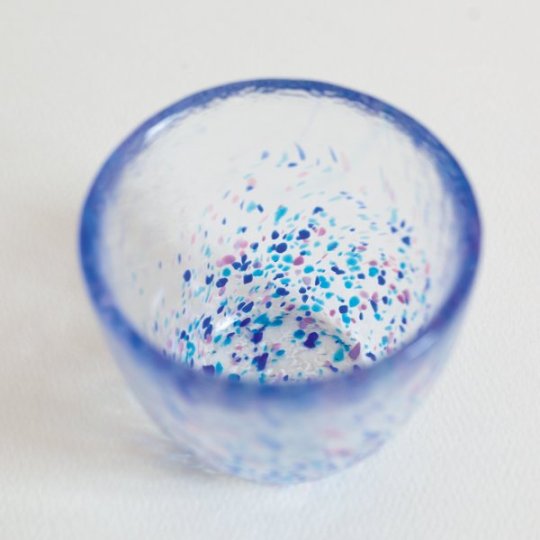
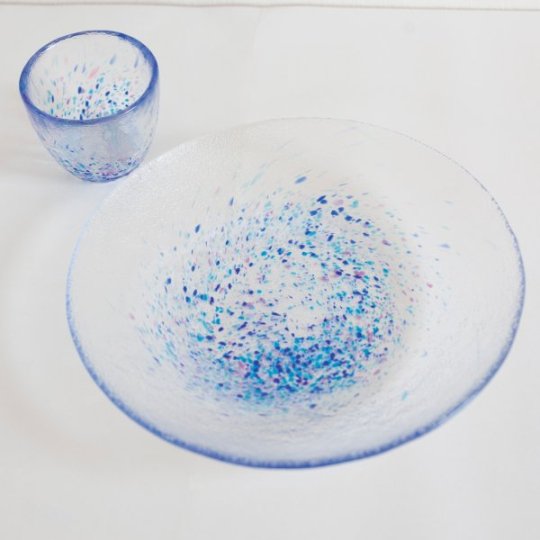
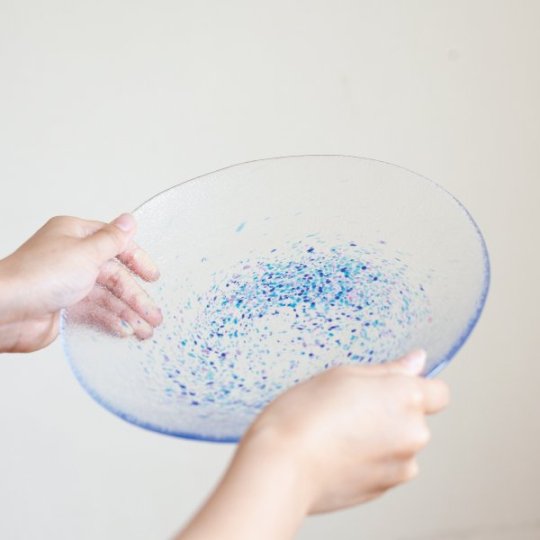

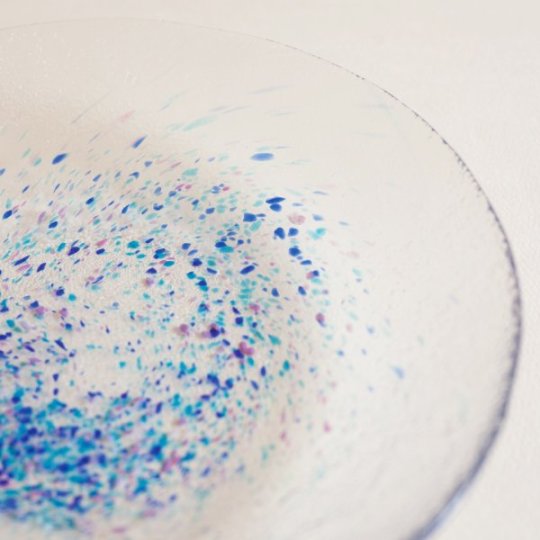
Refreshing glass plate and cup set with tiny blue and purple dots, made to serve somen (cold noodles) and other summery dishes.
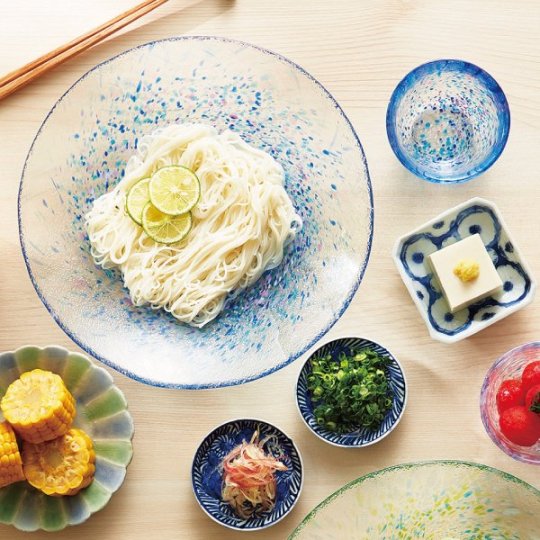
Glass was once quite rare and precious in Japan as it was a foreign good. Such items were very pricey and fragile.
Traditionally, summer items try to have shiny materials so when they glitter under the sun (somehow mimicing glimmering water), people experience a little respite from smothering heat - hence why you can find glass tableware, for example used for summer chawan (tea ceremony bowl):

(pic source)
180 notes
·
View notes
Text
Cheers to 2025!🎉🥂

Thanks for spending another year with me ❤️! Wishing everyone a lovely, happy, and healthy 2025!😘
Xo-Sg
#and here we are again#another year#another new beginning#auld lang syne#cheers to 2024#cheers to 2025#Spotify#we'll drink a cup of kindness yet#for the sake of auld lang syne 🥂🎉#i love anything with a beautiful view 😍#happy new year
448 notes
·
View notes
Text


Sake Cup.
+SHOP+
34 notes
·
View notes
Note
Show me how Narinder combs his fur. God, it's so long on the muzzle and ears, and I just want to stroke it and touch it. :з

Trick question; he doesn't !
His sibblings however always have to wrestle and shame Narinder for him to let them comb his fur <3
#when i say my narinder is stinky and has crusty matted fur i mean it#what thousands of years in imprisonment does to a mf#for comedy sake i also headcanon that he sometimes daydreams ab a GOOD bath like how we imagine a delicious cold cup of water#and then he doesn't bathe all day#itchyballsart#itchyballstalk#cotl narinder
196 notes
·
View notes
Text

A man of many of the most INTENSE facial expressions,,,,

Happy birthday Monkey D. Luffy!!!!
#'his smiles are literal sunshines they saved my life' OLD NEWS SHUT UP LOOK AT HOW SQUISHY HIS FACE IS#one piece#op fanart#monkey d. luffy#o captain my captain *salutes#much like the rest of the straw hat crew- i wud kneel before this man and pledge my life towards him#if i ever go to japan. ill visit the luffy statue and drink a sake cup just like the fleet commanders#let me become part of ur family luffy ; - ;
4K notes
·
View notes
Text
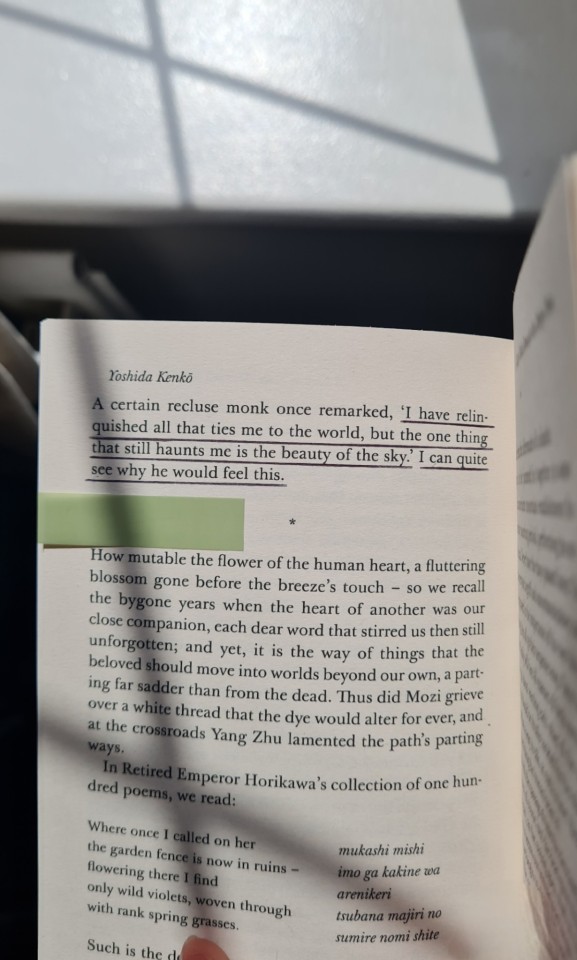
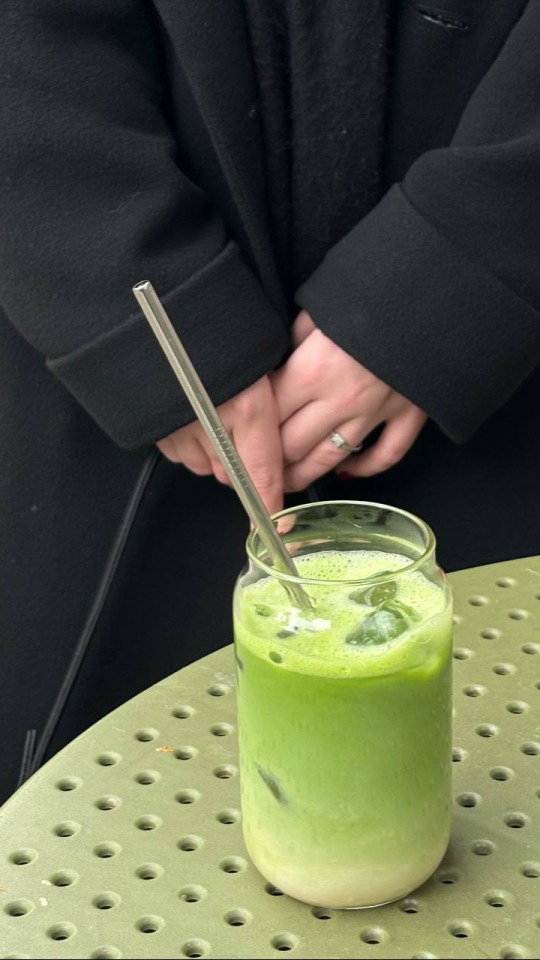
first read of may — a cup of sake beneath the cherry trees by yoshida kenkō
moonlight, sake, spring blossom, idle moments, a woman's hair. 'a cup of sake beneath the cherry trees' is a collection of fragments from the journal of a 13th-century monk, as he reflects on the pleasures of life and its passing moments. i think there's something in here for everyone to admire, with its reflective themes, philosophical undertones, and beautiful writing and imagery.
i definitely recommend!! 🌱
#3.5 stars#classics#book review#review#literature aesthetics#books#book#bookish#bookblr#bookworm#bookstagram#dark academia#booklover#books and libraries#reading log#a cup of sake beneath the cherry trees#yoshida kenko#studyblr#study space#study tips#quotes#annotated bibliography#book log
650 notes
·
View notes
Text
carragher insinuating that afcon isn’t a major tournament and then scoffing when being corrected on sky sports who then removed the clip from youtube loooool the disrespect towards non european football is genuinely institutional. and people are jumping in to defend him as well saying that wasn’t his point and that afcon doesn’t have the same pedigree as the euros or the world cup ‘hence why no african country has won the world cup.’ be serious! african nations have produced so many top footballers with a mere fraction of the facilities (especially west) european countries have. legitimately have a day off man
#don’t think we need white people to determine whether afcon is a major tournament thanks very much#maybe all the top brexiters defending this guy should sit back and think about how england with all the money being pumped into#developing footballers at every level haven’t won the world cup in an embarrassing amount of decades and have never won the euros#england men’s that is i should clarify#edit to add that even if african countries weren’t producing fantastic footballers that would be no reason to disrespect african football#as football is the PEOPLE’S sport all over the world. it’s not always about the top 5 leagues and european countries for fuck’s sake.
100 notes
·
View notes
